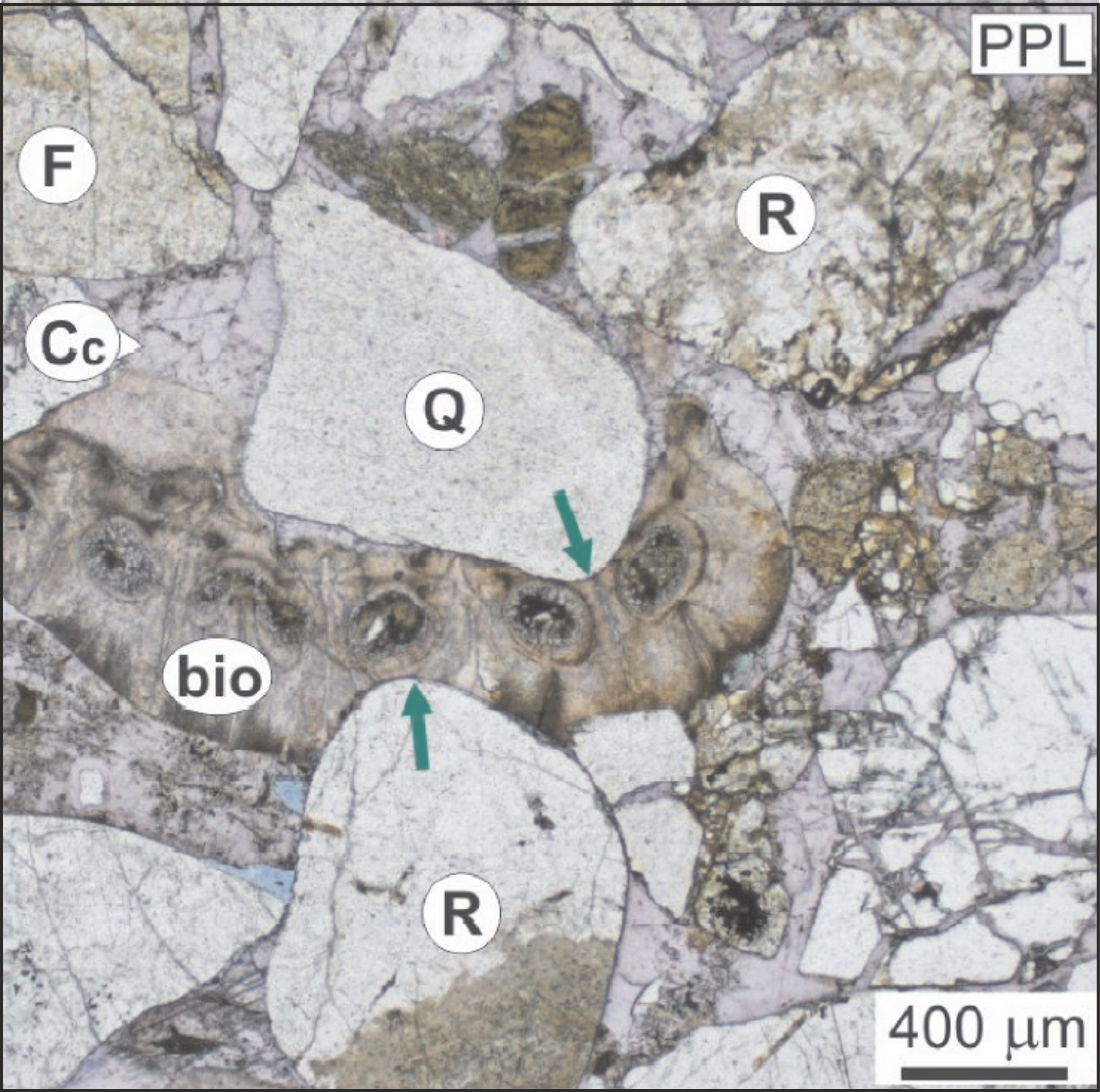Petrographic results of clastic sedimentary rocks in the Carpathian–Pannonian Region: the Hungarian contribution during the past 150 years
Abstract
In honour of the 150-year history of Földtani Közlöny, the Bulletin of the Hungarian Geological Society, this paper presents a historical review of petrographic studies of clastic sediments and sedimentary rocks in Hungary. The selected topics are somewhat subjective, reflecting the main research interest of the authors. The section on conventional petrography is organized by clast/grain size, focusing on rocks coarser than silt (sand, granules, pebbles, cobbles, and boulders), and the discussion is given by geographic area and stratigraphy. Particular focus is directed on provenance analysis. This is followed by the review of studies on sandstone diagenesis, a research field that has gained increasing importance over the last decade or so, especially in the Neogene Pannonian Basin which is explored by exploration wellsbores. Finally, results of the archaeometry of prehistoric stone tools, another developing field of research, are reviewed.
















